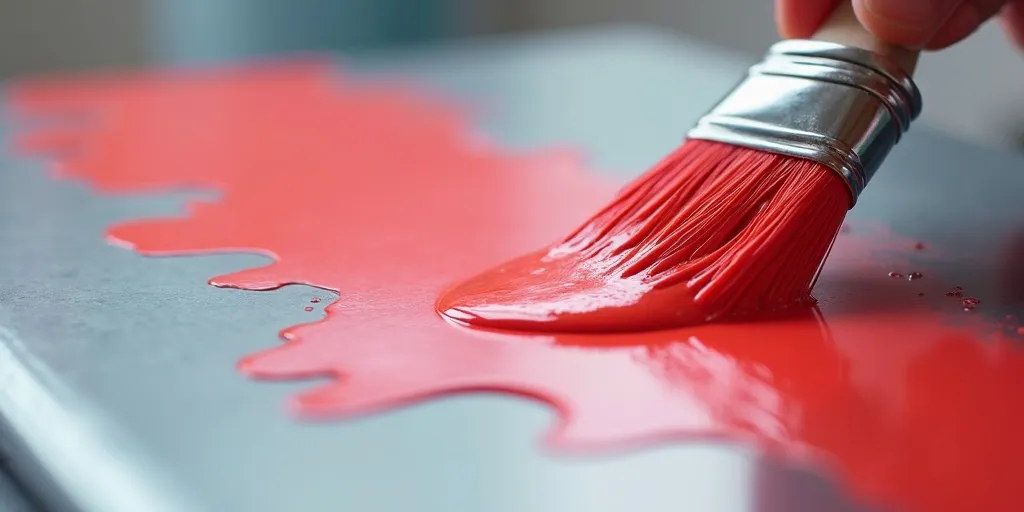-
Shopping Tools
-
Care & Maintenance
-
About
-
Dealer Login

For durable results, choose automotive-grade urethane; for budgets, plastic-safe acrylic sprays. Longevity hinges on meticulous prep—cleaning, sanding, and adhesion promoter.
Refreshing the body panels on golf carts is a high-impact upgrade—if you pair the right paint with the right prep. Many cart bodies are molded from TPO/PP/ABS plastics that resist ordinary coatings. That’s why the “best” paint is less about a brand name and more about a system: proper cleaning, plastic adhesion promotion, compatible primers, and a durable topcoat formula. Below you’ll find the top paint choices and a step-by-step process to help your finish stay glossy, chip-resistant, and UV-stable through seasons of sun and washings.
Bottom line: For maximum longevity and a pro look, go 2K automotive urethane with a compatible primer and clear. For quick cosmetic refreshes on a budget, plastic-safe acrylic sprays can work—provided the prep is meticulous.
| Goal | Best Choice | Why |
| Showroom gloss & durability | 2K basecoat/clear | Superior UV/chemical resistance and depth; great with flex additive. |
| Solid color, fewer steps | Single-stage urethane | Color + gloss in one; tough enough for daily use. |
| Budget refresh | Plastic-safe acrylic spray | Good for quick updates; adhesion promoter + clear are essential. |
If you have an OEM color code, your job is easier. Otherwise, bring a removable panel (cowl trim, access cover) to an automotive paint supplier for spectro matching. For chips and scuffs later, wet-sand 1500–2000 grit, compound, then polish. Small scrapes can be spot-repaired with blended base and a localized clear recoat, then polished after curing.
For a finish that lasts, pick an automotive-grade urethane system with proper primer and clear; add a flex additive for plastic panels. If you’re refreshing on a budget, plastic-safe acrylic spray can work—just be meticulous with cleaning, sanding, and adhesion promotion, and protect it with a compatible clear. In every case, prep is king: a carefully prepared surface will make even modest materials look great and stay that way through countless washes and sunny rounds.
